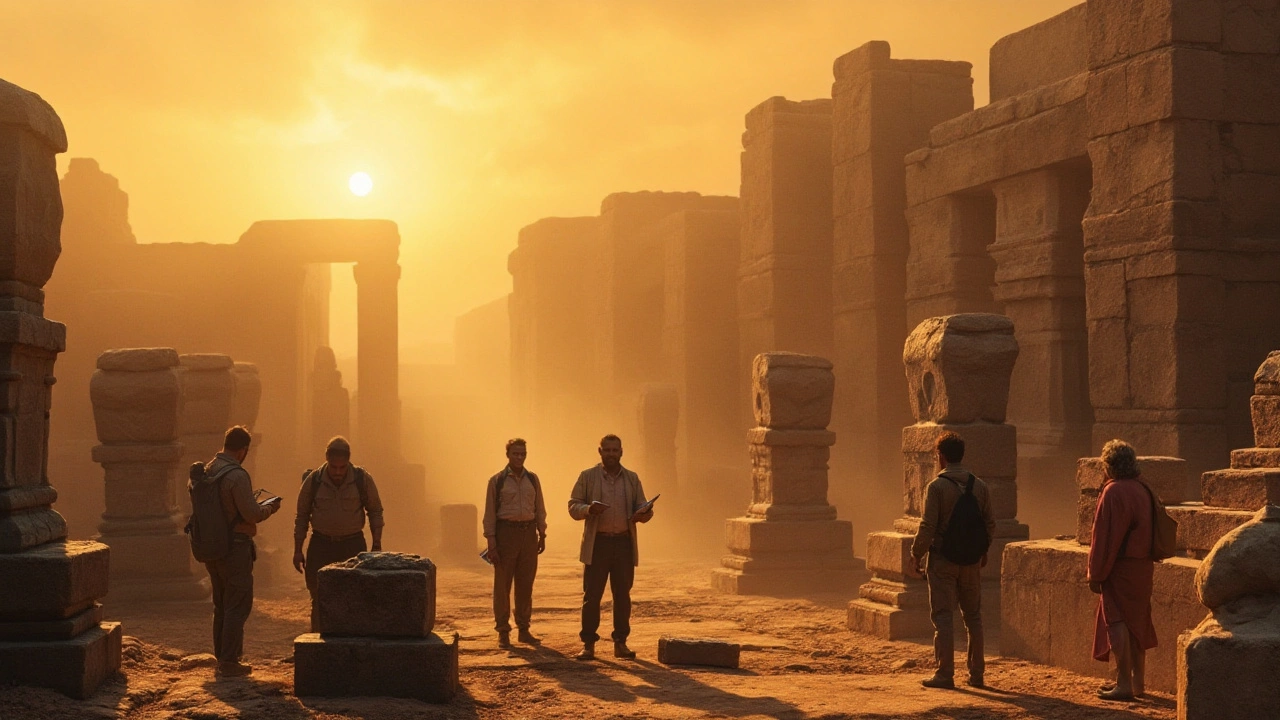Indian Mythology – Epic Tales, Gods & Lessons
Indian mythology is a massive collection of stories that have shaped culture for thousands of years. From the mighty gods of the Vedas to the colorful heroes of regional folklore, these tales still pop up in movies, books, and everyday conversations. If you’re curious about who does what, why certain symbols matter, or how these myths influence modern life, you’re in the right spot.
Major Gods and Their Stories
First up, the big three: Brahma, Vishnu, and Shiva. Brahma creates, Vishnu protects, and Shiva destroys – together they cover the whole cycle of life. Each god has a distinct personality and a handful of adventures that teach a lesson. For example, Vishnu’s avatar Krishna tricks a tyrant, showing that cleverness can outplay brute force. Shiva’s dance, the Nataraja, reminds us that destruction makes way for new beginnings.
Don’t forget the goddesses. Durga’s battle with the demon Mahishasura is a favorite at festivals, celebrating feminine power. Lakshmi brings wealth and prosperity, while Saraswati inspires art and learning. Their stories often blend with local legends, so you might hear a tale of a village deity that mirrors one of the major goddesses.
How Mythology Shapes Modern Life
Even in 2025, Indian mythology shows up everywhere. Bollywood movies retell the Ramayana or Mahabharata with a fresh twist, and TV series bring ancient heroes into living rooms. You’ll also see myth-inspired branding – think of snack packs named after sweets from the gods’ kitchens or yoga poses named after divine figures.
On a personal level, people use mythic references for motivation. A student might say they’re “channeling Arjuna’s focus” before an exam, while a startup founder could talk about “building a modern Indra’s palace” for their office. These connections make the old stories feel relevant and give them a practical edge.
If you want to dig deeper, start with the core epics: the Ramayana and the Mahabharata. Both are easy to find in online translations and offer a mix of adventure, moral dilemmas, and philosophical chats. After that, explore regional folklore – each state has its own set of heroes, demons, and moral tales that add flavor to the bigger picture.
So why care about Indian mythology today? Because the stories teach us about duty, courage, love, and the consequences of ego. They also offer a shared language that connects people across generations and regions. Whether you’re reading for fun, looking for cultural insight, or hunting inspiration for your next project, these myths have something to offer.
Ready to start your mythic journey? Pick a story that grabs your attention, read a short version, then see how its theme shows up in today’s world. You’ll be surprised how a 5,000‑year‑old tale can still spark fresh ideas and deep conversations.
- Arjun Bhardwaj
- 25-11-24
- Indian Culture
Exploring the Reality Behind the Mahabharata: Fact or Fiction?
The Mahabharata, one of the greatest epics of India, often sparks debates about its authenticity as historical fact or enchanting fiction. This article navigates through various perspectives, examining archaeological evidence, cultural significance, and the balance between mythology and history. Delving into the characters and stories, it explores whether the epic is purely allegorical or rooted in ancient truths. Through an insightful journey, readers are encouraged to consider the Mahabharata's impact on cultural identity.
Details